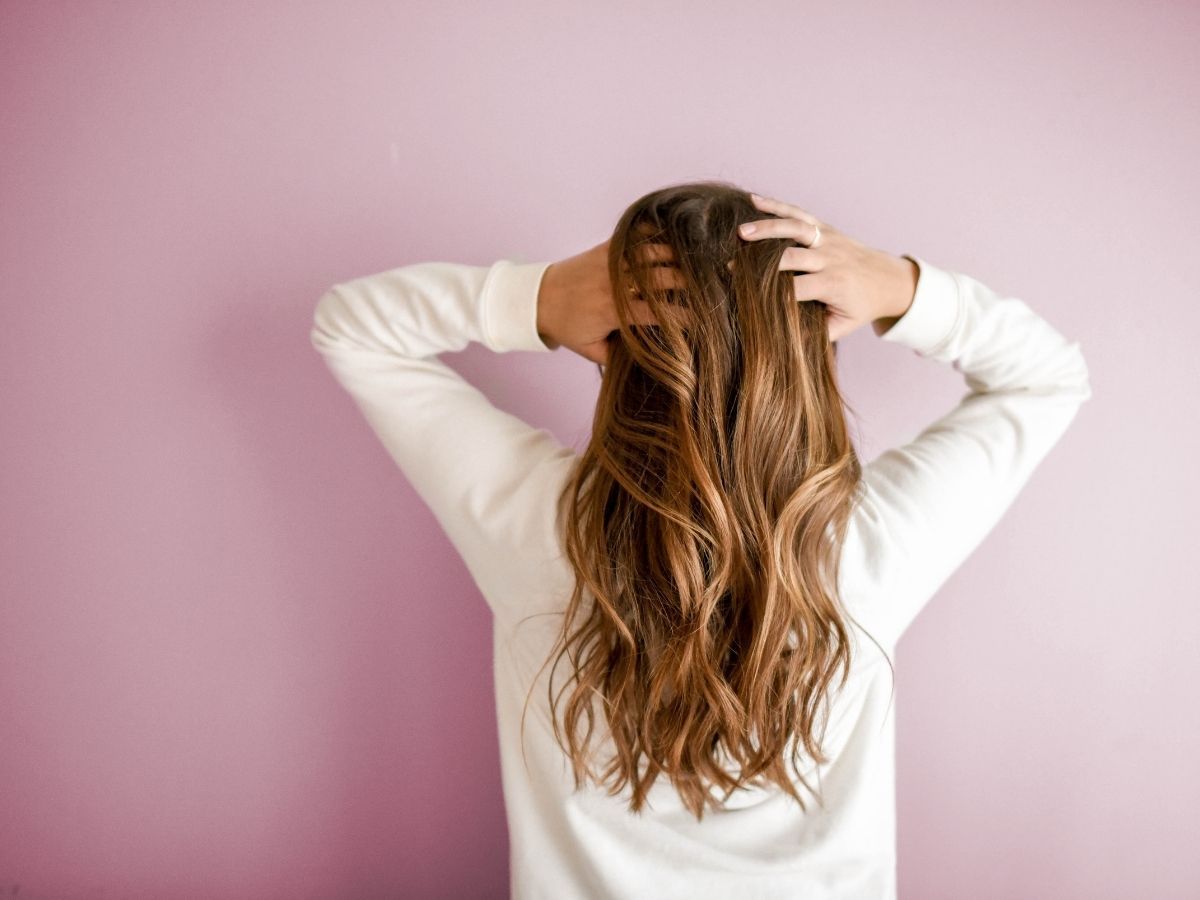Female hair loss can occur for various reasons; this includes genetics, changing hormone levels, or part of the natural ageing process.
There are many hair loss treatment choices for females, like topical medications, such as Rogaine. Other options involve hormone therapy, light therapy, or in few cases, a hair transplant procedure.
Having a nutritious diet and a healthy lifestyle can help keep hair healthy. Here are some ways that you can treat your hair loss problems:
Minoxidil
Minoxidil stimulates hair growth and can raise their growth cycle. It causes hairs to thicken and decreases the display of patchiness or a widening hair parting.
You might consider going for a stronger solution, but this is not necessary. Research showed that 2% minoxidil was beneficial for females with androgenetic alopecia, or pattern baldness.
If minoxidil is assisting your hair growth, then you should continue using it. If you stop using minoxidil, your hairs that relied on the drug to grow will begin falling out again within six months.
Minoxidil side effects are not common and mostly mild. Females may have an allergic reaction or an irritation to the product’s ingredients, like alcohol or propylene glycol. Trying different brands or switching formulas may alleviate symptoms.
Light therapy
Only low-level light therapy may not be enough for hair loss, but it can amplify the effects of other hair loss treatments, such as minoxidil.
Research showed that adding low light therapy to minoxidil treatment for androgenetic alopecia helped improve the hairs’ recovery.
Ketoconazole
The drug ketoconazole can help treat hair loss in a few cases, including androgenetic alopecia. One review noted that topical ketoconazole might help decrease inflammation and refine the hair’s look and strength.
Ketoconazole is accessible as a shampoo. However, if you want a stronger concentration, it would be best to get a doctor’s prescription.
Corticosteroids
Corticosteroid injections can work on females. However, it is best to use this treatment when it is necessary, like in alopecia areata. Your hair falls out in random patches when you have alopecia areata. Injecting corticosteroids right into your hairless patch can promote new hair growth. Still, this may not stop other hairs from falling out.
Platelet-rich plasma
Early evidence indicates that platelet-rich plasma injections may decrease hair loss. A doctor draws your blood, separates the platelet-rich plasma from your blood, and injects it back into your scalp at the affected areas.
This can help tissue repair swiftly. Many studies indicate that this therapy decreases hair loss, raises hair density, and raises each hair’s diameter.
Hormone therapy
Hormone imbalances because of menopause can cause hair loss; doctors can recommend hormone therapy to correct them. Also, birth control pills and hormone replacement therapy for either estrogen or progesterone are possible treatments for hair loss. Other possibilities consist of antiandrogen medications, like spironolactone.
Antiandrogens can prevent androgens production and stop hair loss. These medications have side effects. Always talk to your doctor about what you can expect and whether antiandrogens are right for you.
Use hair loss shampoos
Some minor hair loss may happen due to clogged pores on the scalp. You can use medicated shampoos designed to clear the pores from dead skin cells and promote healthy hair. So, this can help clear minor signs of hair loss.
Eat a nutritious diet
Having a healthy diet can support normal hair growth. A healthy diet has a variety of foods, like different vegetables and fruits. They can give essential nutrients and compounds that keep your skin and hair healthy.
Hair transplant
In a few cases where you may not respond adequately to treatments, your doctors may recommend hair transplantation. This involves extracting your hair follicles and implanting them in bald areas to improve the hair in the area naturally.
A hair transplant is an expensive treatment, so consult your hair transplant doctor before opting for one. Hair loss in females may have many causes. The common one is androgenetic alopecia.
If your doctor suspects there is another cause or you do not respond well enough to OTC treatments, they will look for
other treatment options.
Frequently Asked Questions
What can a woman do at home to address hair loss?
Massage of the scalp, perhaps the cheapest method of getting thicker hair is a scalp massage. Essential oils, anti-thinning shampoo, multivitamins, folic acid supplements, biotin, Omega-3, and omega-6 fatty acids, minoxidil are some ways to lesson down hair loss.







